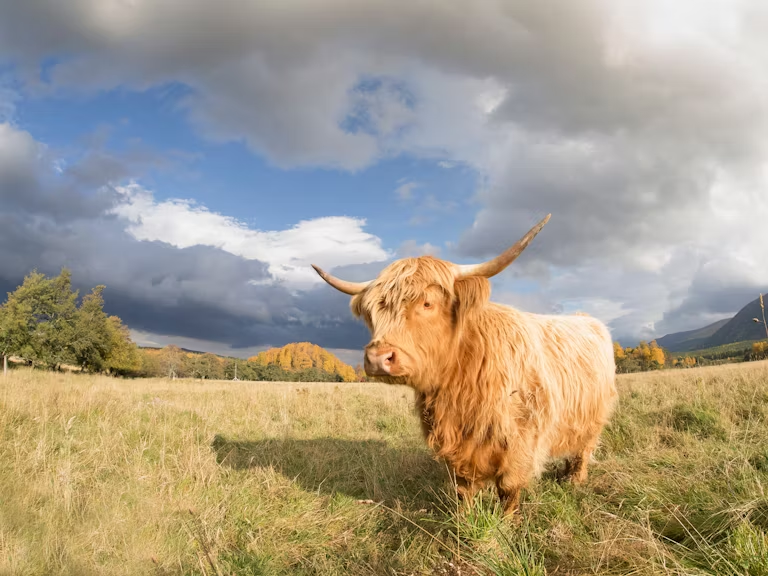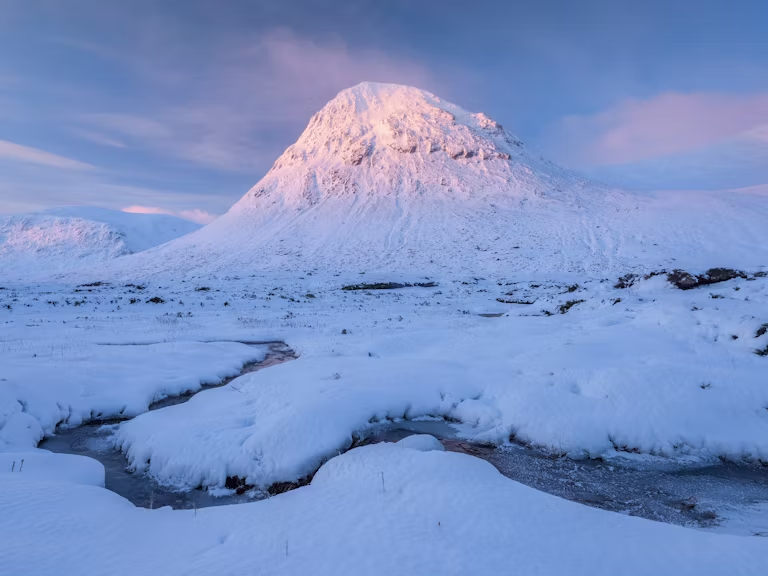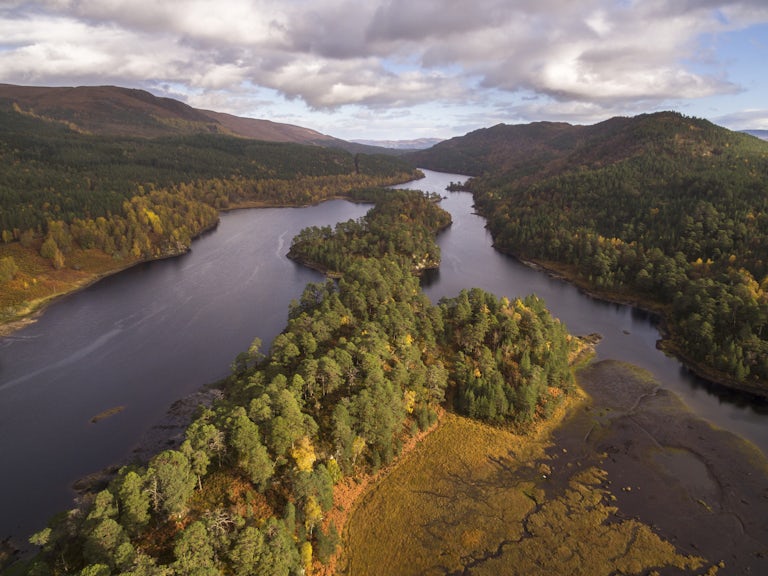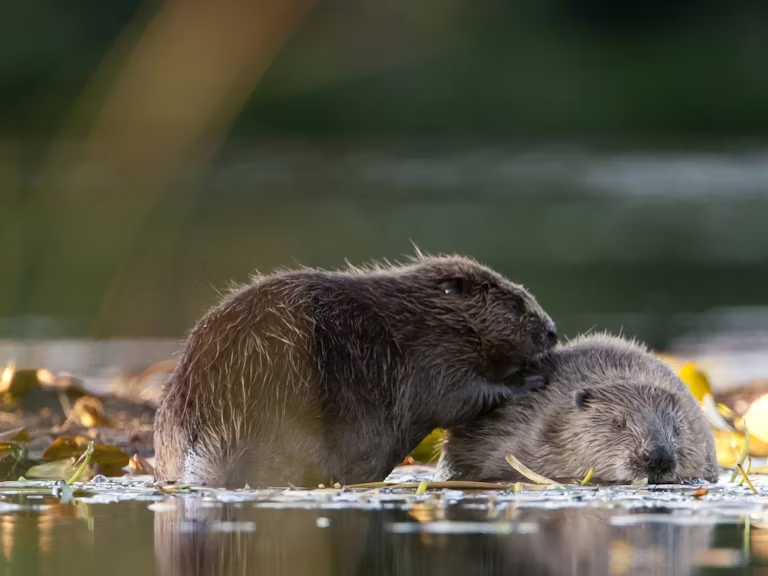Keystone species and trophic cascades
Keystone species and trophic cascades are key elements of healthy ecosystems. We explore what that means

The character of Britain’s landscapes today remains inescapably linked to what happened back when post-glacial Britain warmed around 12,000 years ago. It was then home to a greater range of big roaming mammals along with diverse plant communities that recolonised from mainland Europe. Human settlers were yet to clear forests for farming.
For thousands of years, Britain’s flora adapted in tandem with our, since lost, saiga antelope, brown bear, reindeer, wolf, lynx, European bison (wisent), musk ox, Eurasian elk, Irish elk, tarpan (wild horse), woolly rhino and the aurochs (from which modern-day domestic cattle derived). The latter four ancient species are now globally extinct.
We then lost two dramatic ecosystem engineers in the beaver and wild boar. Boar roamed widely throughout woodlands and forest swamps until around 700 years ago. It is a resilient churner of the Earth, breaker of bracken and habitat regenerator. Likewise the mighty beaver, nature’s busy aquatic architect, was a formidable tree feller, river changer and wetland creator until it was lost to human slaughter 500 years ago.
Disappearance of the predators
These natural grazing populations were managed and kept on the move by the many predators that were present, until hunting wiped them out too. Among these were the Arctic fox, which vanished 10,000 years ago, and the wolverine which was lost 8,000 years ago. Lynx were wiped out by Britons 1,600 years ago and the wolf was hunted to national extinction around 250 years ago. The wildcat went extinct in England 170 years ago and has recently become functionally extinct in the wild in Scotland, although captive breeding efforts continue.
The story of our land, and its lost charismatic creatures, is at once captivating and critical. Every species combines with the elements to play a role in life’s grand design. Each loss from our ecosystems has an impact. But the loss of some species has a bigger impact than others. These have become known as keystone species.
“Keystone species are not all predators, and trophic cascades don’t always flow from top to bottom”

EXPLORE INNOVATION FUND PROJECTS
Two species reintroduction projects were awarded in the latest Rewilding Innovation Fund. Funding will explore the feasibility of returning the white-tailed eagle and the lynx.
Uncover the full list of recipients awarded since 2021 to see the diverse range of rewilding projects taking action across Britain’s land and sea.
Defining a keystone species
The beaver is a keystone species. So is the wolf. We now know that top predators, including the giant whales in the seas, drive ecological processes from the top of the food chain to the bottom. This is known as a trophic cascade (see the short film How Wolves Change Rivers for a good example). But keystone species are not all predators, and trophic cascades don’t always flow from top to bottom.
The Serengeti Rules (a book by Sean B Carroll and a film by Nicolas Brown) reveals the findings of five ecologists who, independently from each other, found that the removal of certain species from an ecosystem breaks that ecosystem, causing it to function in a fundamentally different way or to collapse altogether.
Robert Paine studied rock pool ecosystems in Makah Bay on the western seaboard of the United States in the 1960s. He discovered that removing starfish from the pools changed them entirely. Without starfish, the diversity of pool life diminished until there was only a monoculture of mussels remaining. He described this domino effect as a trophic cascade. In his experiments, removing other rockpool species had no such impact. Paine labelled the starfish a keystone species, coining the term.
Otters and kelp forests
When studying sea otter populations and kelp forests off the coast of Alaska, James Estes discovered a chain of events that pointed to sea otters as keystone species in the underwater kelp system. Following significant hunting by humans, by the 1900s sea otter populations were significantly diminished. Hunting declined and protection measures were brought into place, which allowed the gradual reintroduction of sea otters to their previous habitats. Scientists were able to observe how their return affected the environment. However, sea otter numbers began to plummet again in the 1990s, most likely due to hunting by orcas. Orcas had previously preyed predominantly on sea lions and whales, but as this prey became scarcer due to overfishing, the orcas turned to the burgeoning sea otter population.
The dramatic decline in the region’s sea otter population caused sea urchins to rapidly reproduce unchecked. These ferocious nibblers killed off the vast, biodiverse underwater kelp forests with the result akin to the bleaching of coral reefs. Estes concluded that sea otters are a keystone species. Certain plants and trees can also act as keystone species, as John Terborgh found through studying tropical regions. Mary Power found bass playing the same role in freshwater streams in the US.
“A rich seam of Serengeti life took hold and flourished simply because of the wildebeest”
Perhaps most dramatic (because the change on the ground was easy to witness) was Tony Sinclair’s discovery in the 1960s and 70s of the role of wildebeest in the Serengeti. For decades, the wildebeest population here had suffered from disease, which kept their numbers down. In the late 1960s, there were around 250,000 of them in the Serengeti. As their populations recovered to reach 1.4 million, where it stabilised.
People feared the growing numbers of wildebeest would wipe out the vegetation of the Serengeti. Instead wildlife of all sorts blossomed. The wildebeest ate lots of grass, which reduced burning and enabled trees to grow. The trees provided food for elephants, giraffes and a host of birds. Plants and insects began to thrive. A rich seam of Serengeti life took hold and flourished simply because of the wildebeest. It was an example of a trophic cascade as spectacular as the wolves in Yellowstone, but with a herbivore at its heart.
Downgraded ecosystems
The discovery of trophic cascades shows that living systems can’t function properly where certain species are missing. They become permanently ‘downgraded’. That’s why the reintroduction of keystone species is a key element of rewilding — to upgrade our ecosystems and boost abundance and diversity. In Britain, we can only imagine what might happen if our key missing species came back and had the freedom to be themselves.
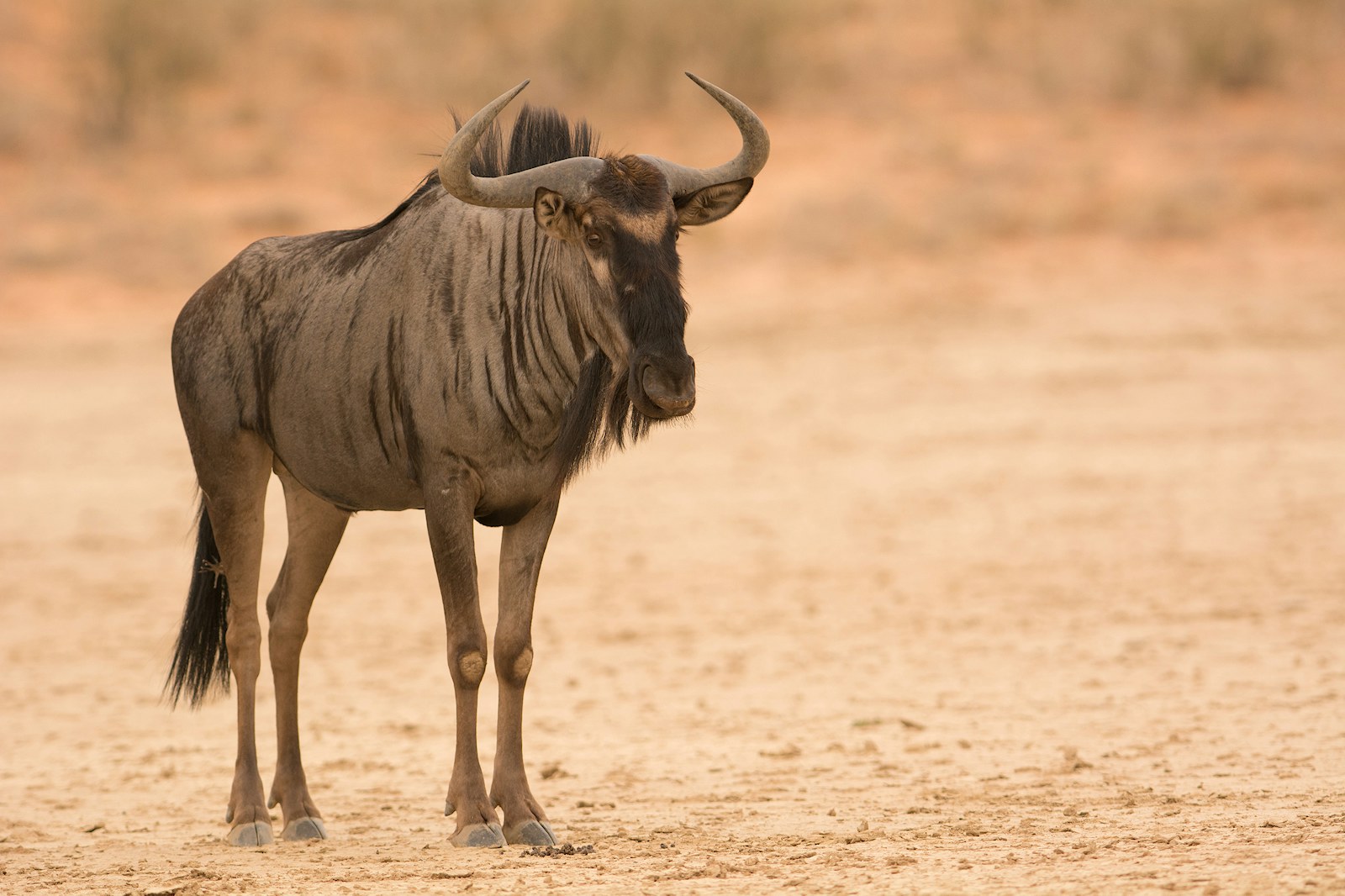
Wolf, lynx, beaver, elk, bison, wild horse, wild boar. They are all major movers and shapers of the landscape. We’ve lost them to our detriment. Our soils, trees, plants and animals are all the poorer for their absence. The sheer diversity and abundance of species that the land can support has shrunk unimaginably.
Discovery of the keystones
We can take action to try and fill the holes left by our missing species. We can let native domestic breeds of cattle, pigs and ponies roam naturally over large spaces to emulate the aurochs, boar and wild horse. We can think like a beaver and build leaky dams. We can coppice trees and pretend we’re an elk, and cull deer like we’re the lynx or the wolf.
Mimicking natural processes can help us integrate and live well with nature. And we must work hard to help nature heal and repair what it can. But in the long term, our ecosystems will only be truly complete when our keystone species are back in place. At the moment, the complex and compelling predator/prey dynamics, which influence natural processes along with herbivory and scavenging in healthy ecosystems, are completely missing.
Reintroductions, especially of predators, is a difficult topic for many people. Whether we live in the uplands or the lowlands, urban or rural, we have become used to the Britain we know. Change makes us uneasy. The unknown makes us queasy. But our living world, our future, depends on natural processes – our ecosystems – functioning. It depends on us righting our wrongs. We know the rules now, ‘The Serengeti Rules’. If we want to, we can choose to follow them.
With thanks to Alex Morss.
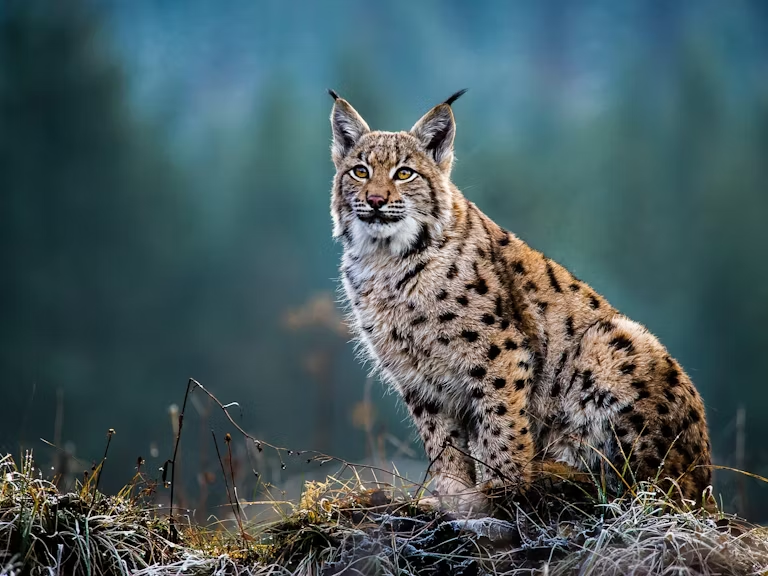
Push for change
Urge your local leaders to act wild and commit to supporting the Rewilding Manifesto.
Email your MP
Our vision
We have big ambitions. Find out what we’ve set out to achieve through rewilding.
What we do
Rewild your inbox
Wise up with the latest rewilding news, tips and events in our newsletter.
Sign up now